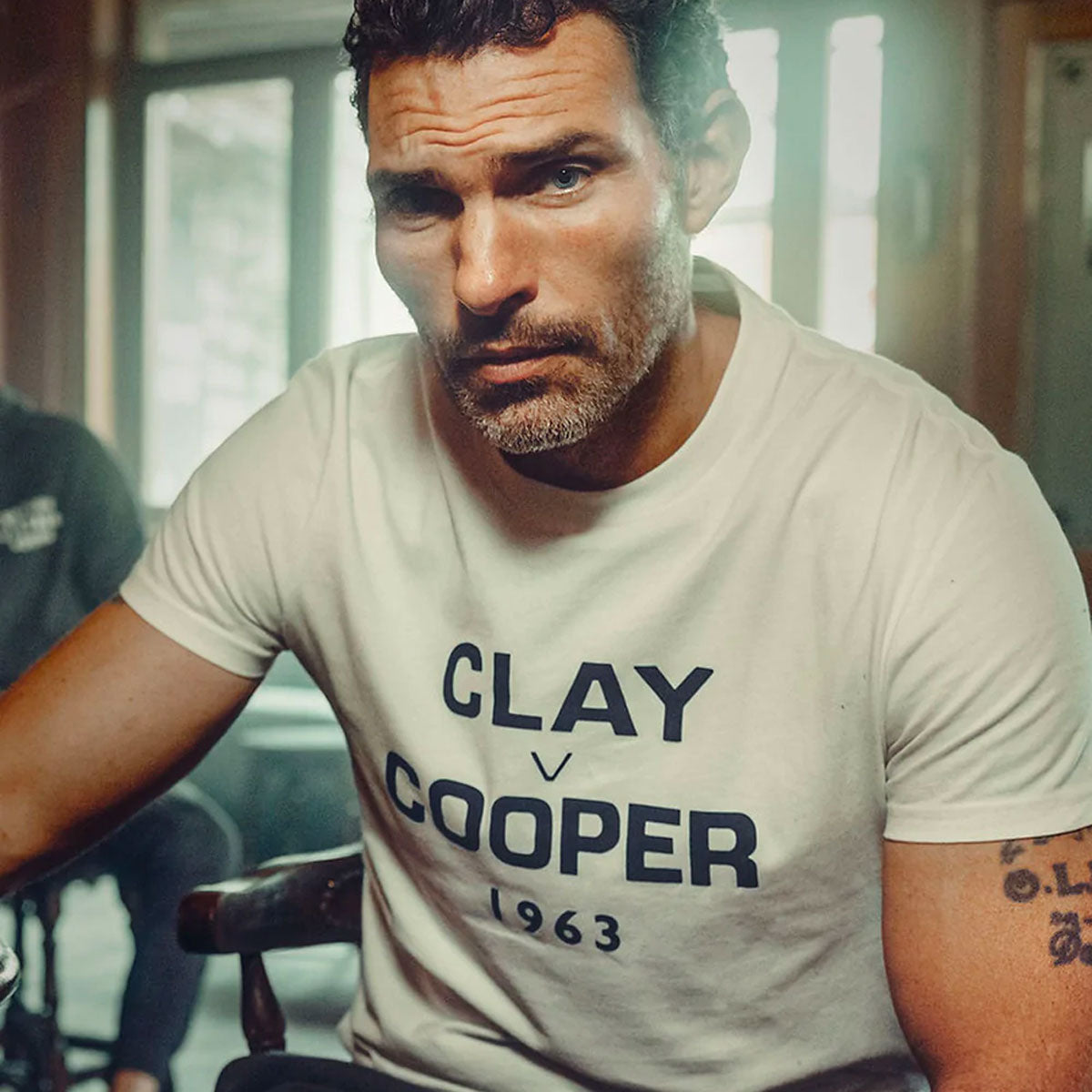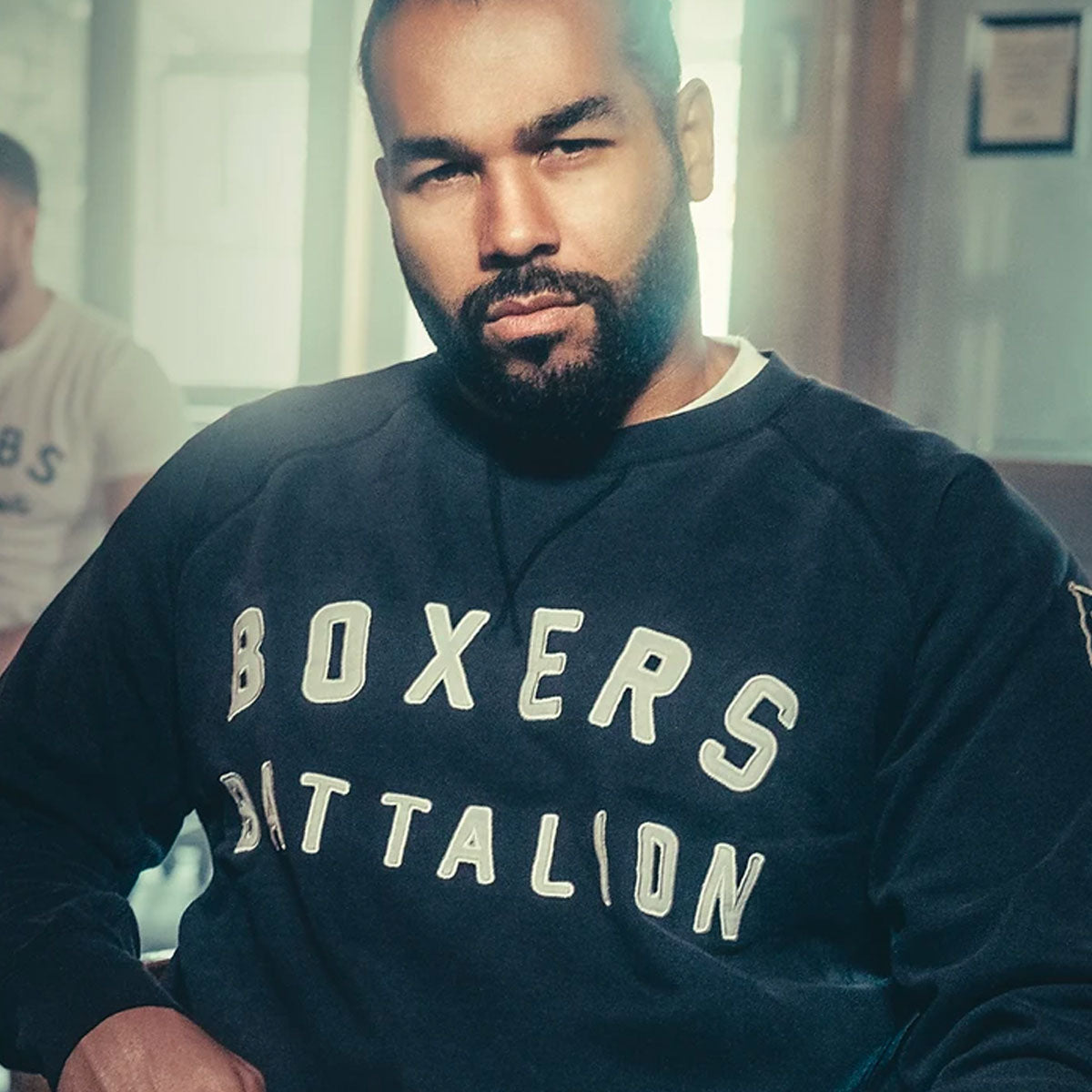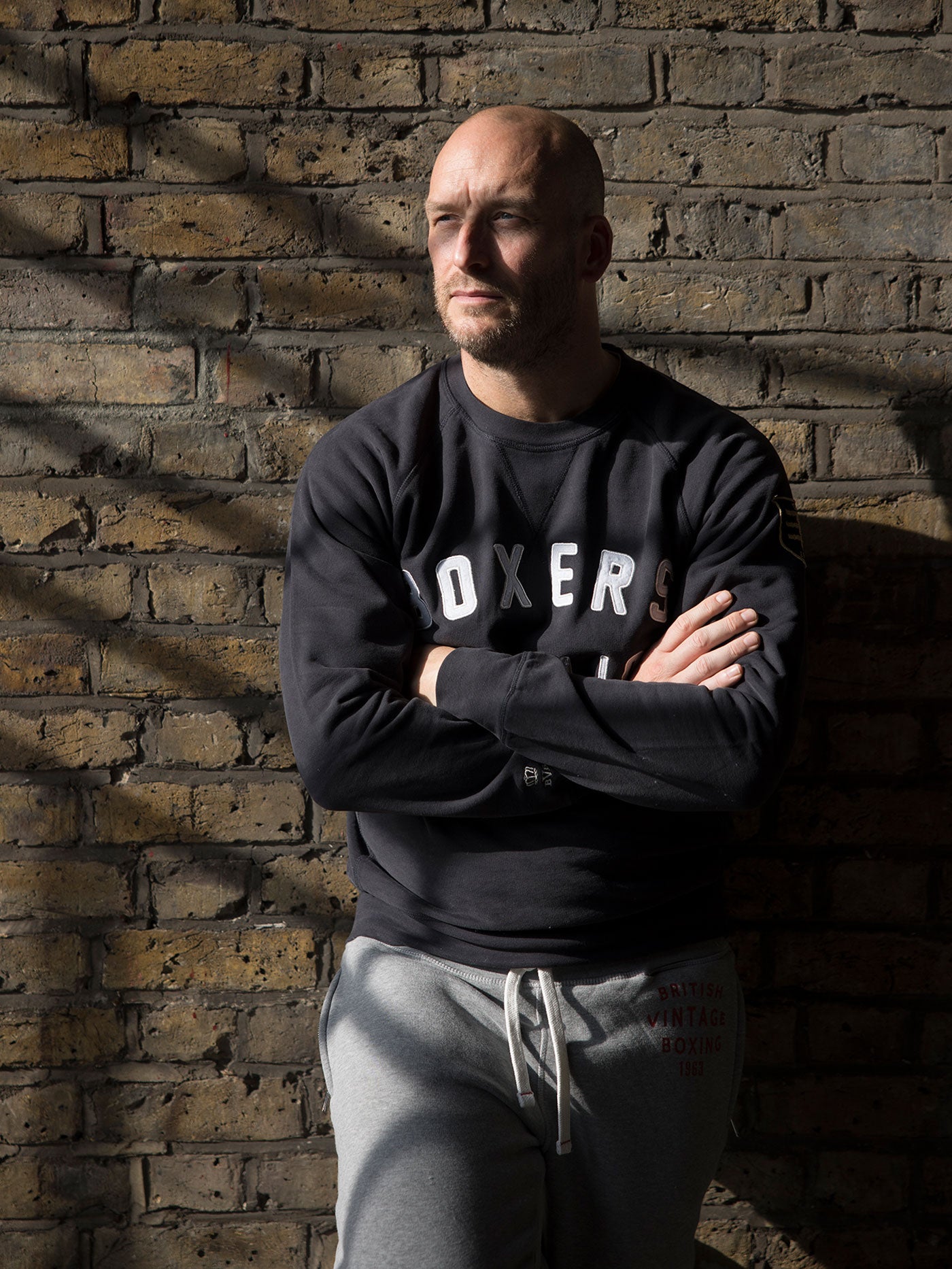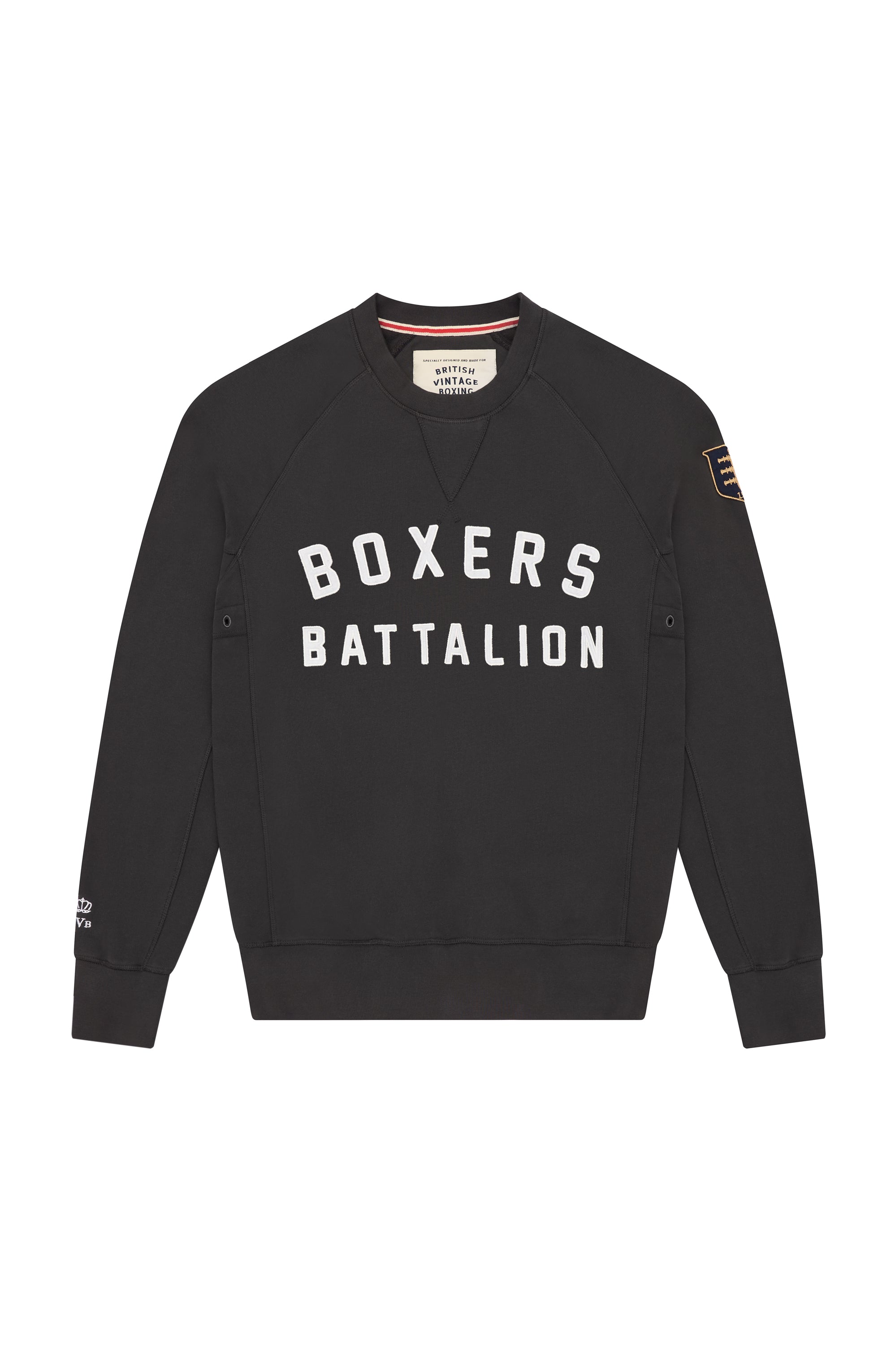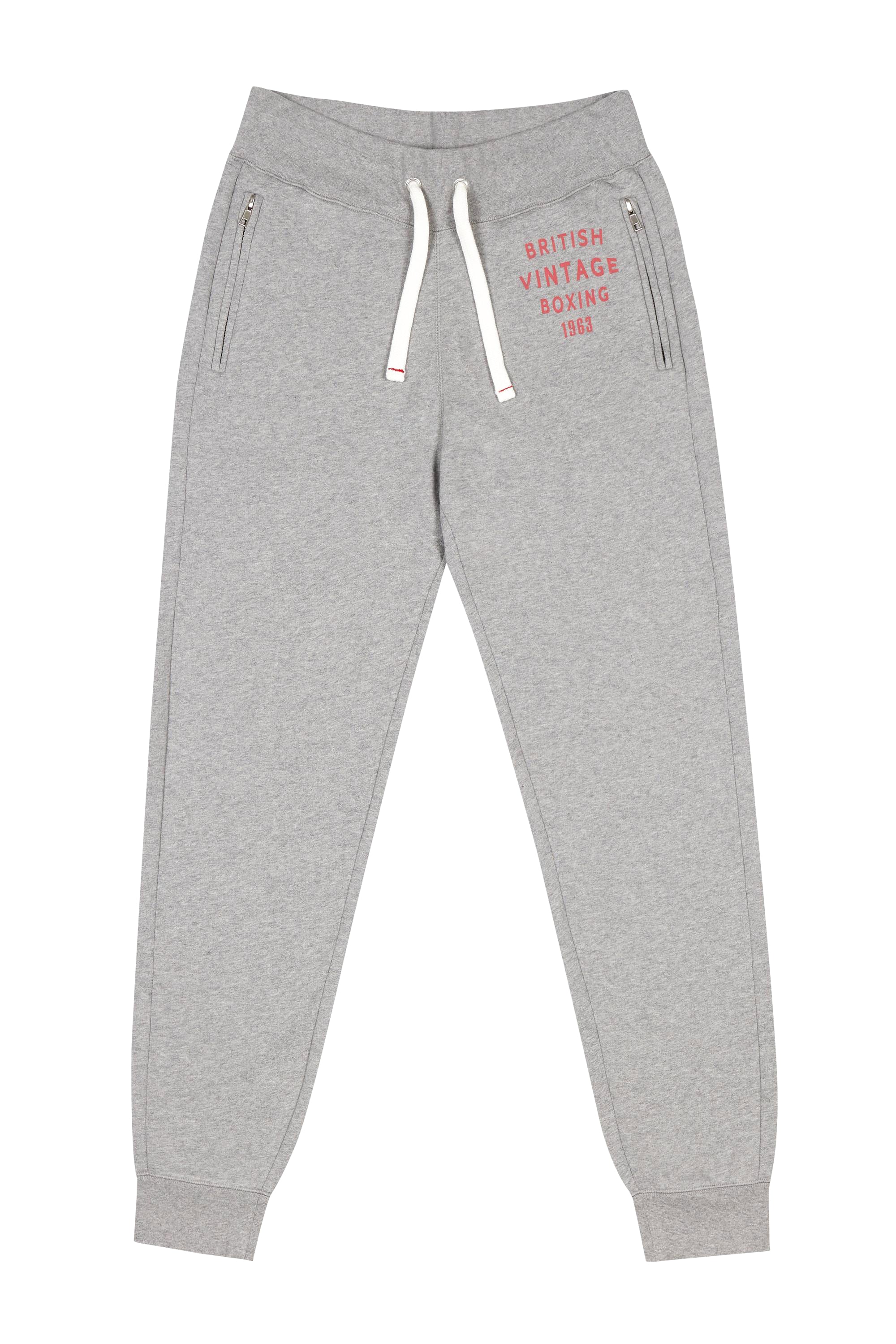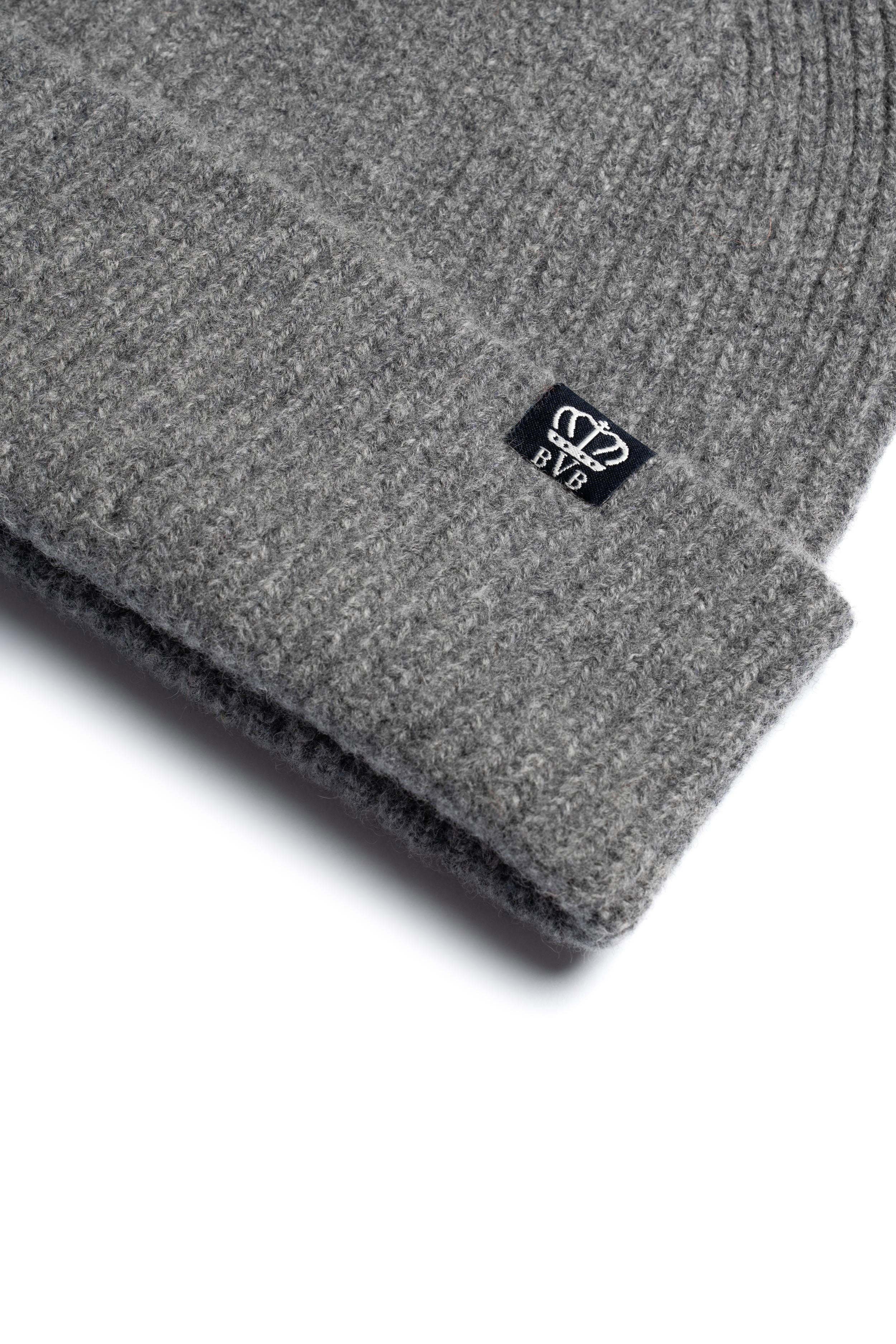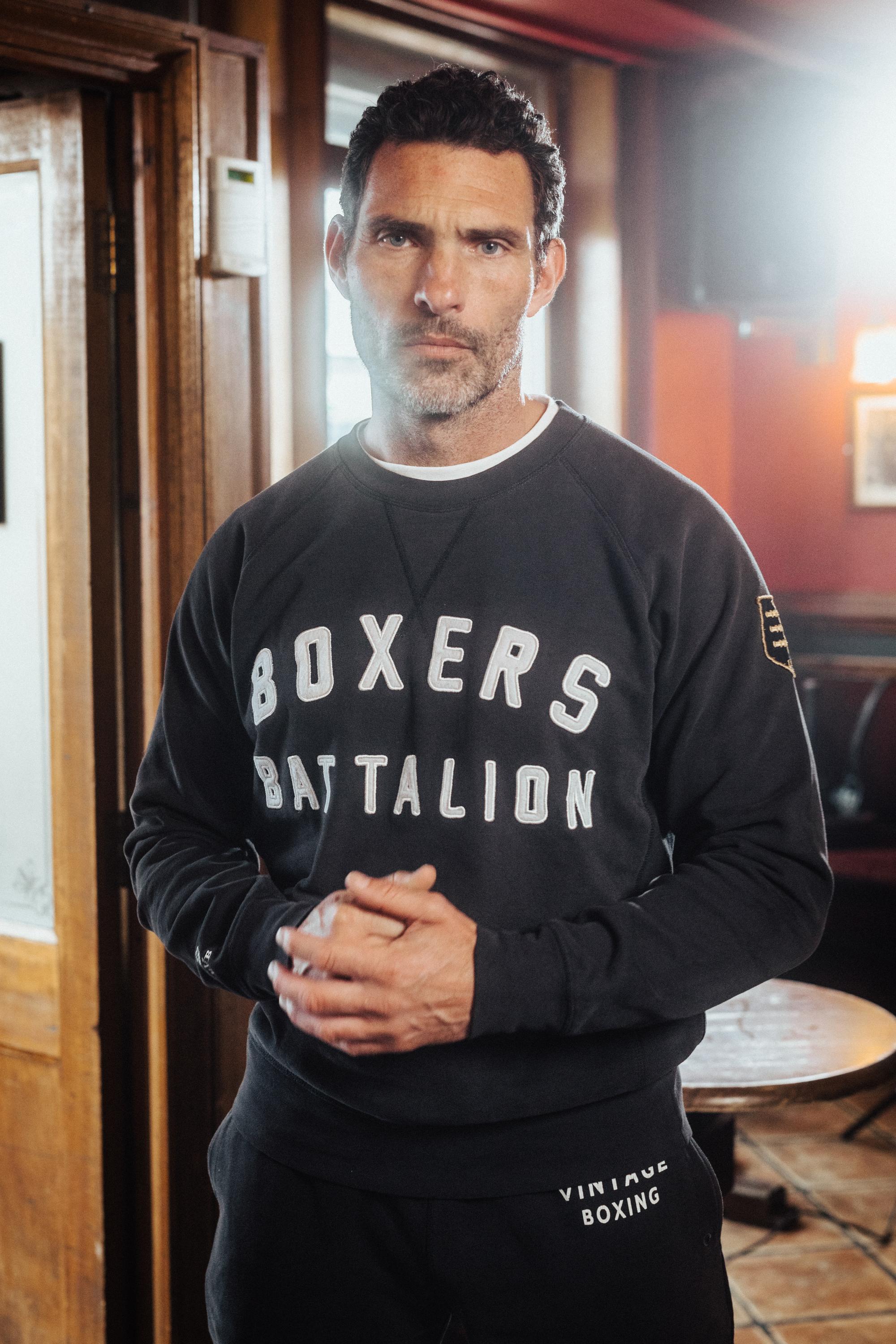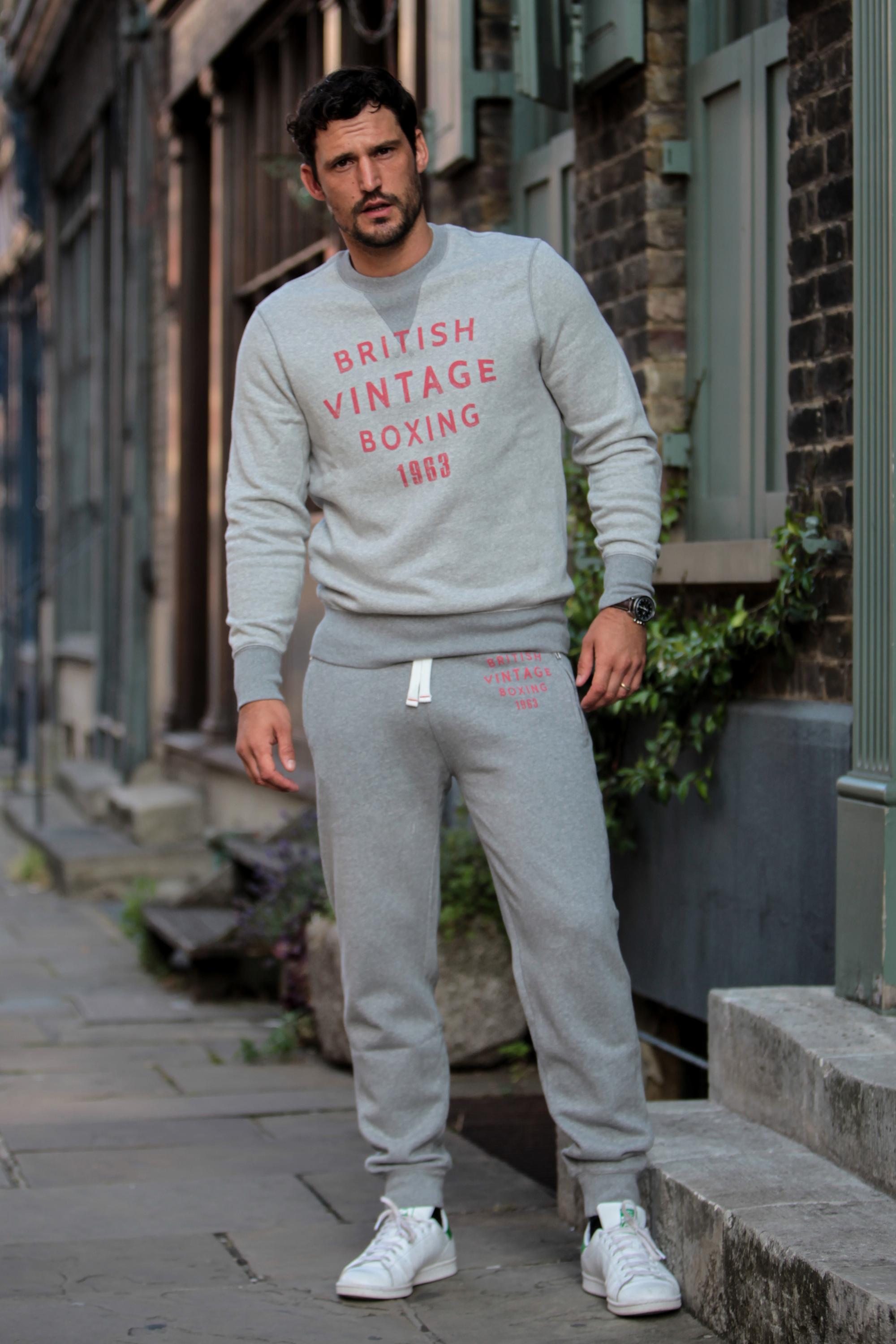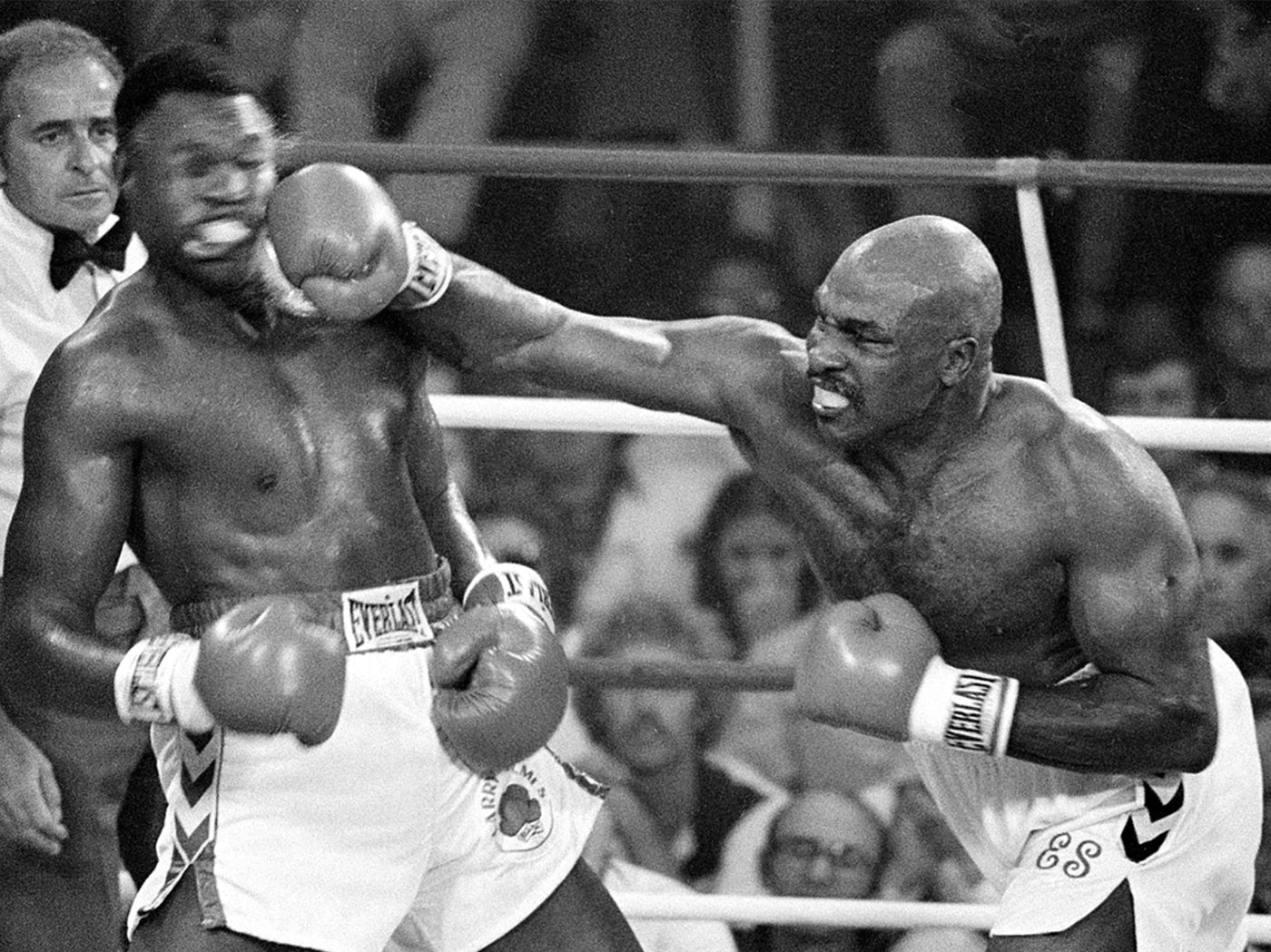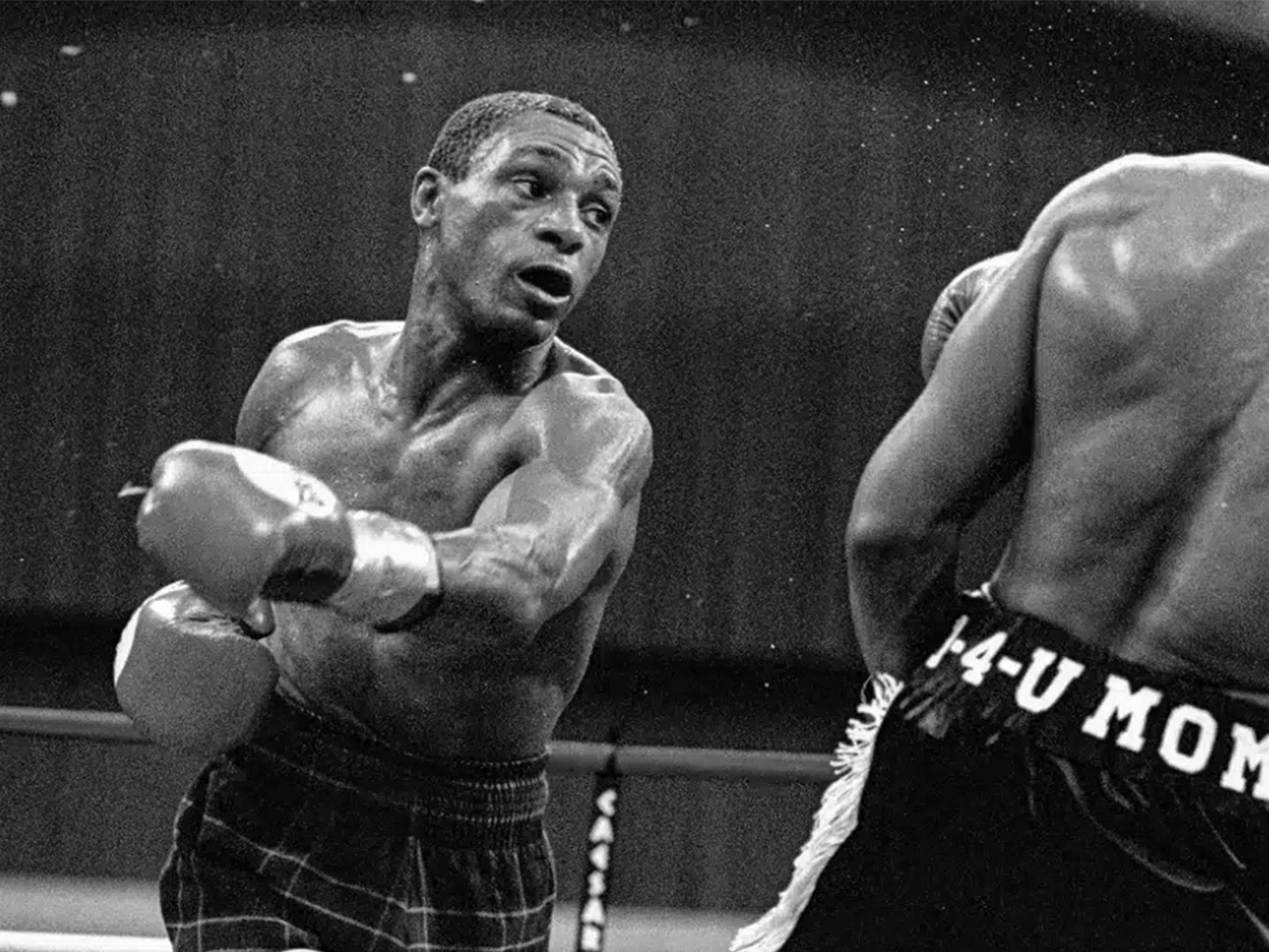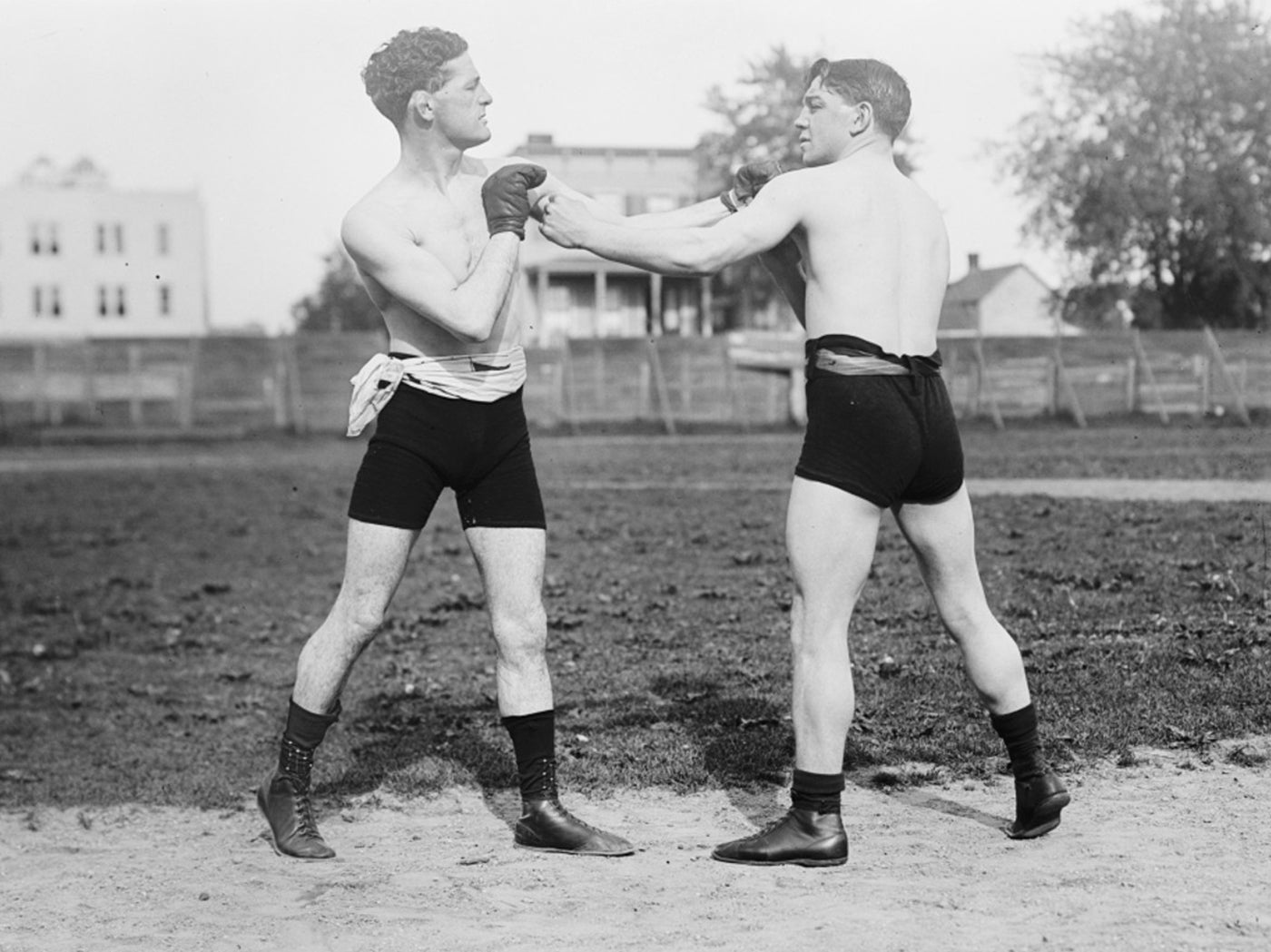Greg Meehan – Head of Mindset Performance at Matchroom Boxing
Greg Meehan has carved himself a well-respective niche within the world of boxing as a Mindset Coach who delivers results, however, the route to his current journey didn’t happen overnight. Meehan explained. “I had a career in the City of London for 20 years as a bond broker and I’d say about 10 years into that I went through my own life change. I was very interested in why I thought and acted in certain ways and went down a bit of a rabbit hole of learning about the brain, the body, the nervous system and how to help control it.
‘Self-control is strength.
Don’t allow your emotions to power your intelligence.’
“I became quite fascinated with it and for the next 10 years I began to educate myself, doing multiple diplomas and courses, and reading hundreds of books. During that time I went into volunteering with the tools that I had, helping people who were a bit down on their luck, which I really enjoyed doing.
However, I still had my career in the city at the time and about three years ago I started getting more into sport and became more serious with it all and started working with some footballers and boxers. I noticed quite quickly that this was something I could move into on a permanent basis and that’s when I decided to make the switch, and the last few years I’ve been building it up from there.”
